The work of any company that uses cars or any other vehicles, in any case, is caused by the need for the costs of their operation, and in particular this applies to various fuels and lubricants. For this reason, in such companies there is always a specialist who understands the consumption rates of fuels and lubricants and their detailed calculation.
With the increase in the cost of fuel and lubricants, the heads of the overwhelming majority of companies begin to more and more often seek answers to a number of important questions. In particular, many are beginning to master fuel consumption rates, and also try to look for tools that would provide an opportunity not only to monitor fuel consumption in detail, but, among other things, also to minimize the cost of this, while maintaining the efficiency of the entire company.
Possibility of rationing
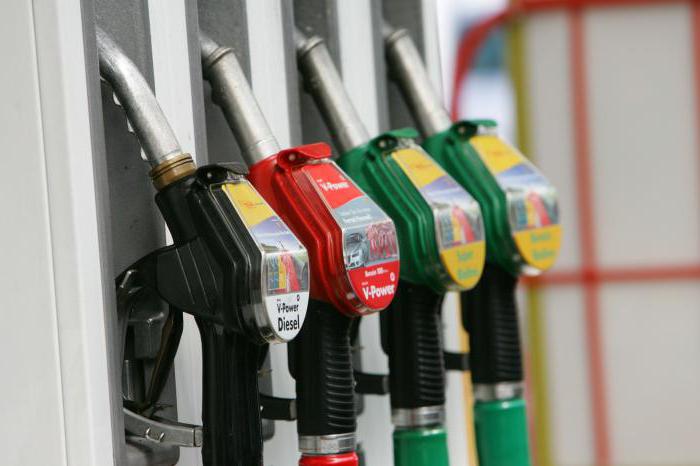
Rationing of expenses is a comparison of standard costs for various fuels and lubricants with those costs that were actually written off.
There are two main technologies of how fuels and lubricants are written off:
- Based on information about actually used fuel. It should be noted that if you intend to take into account the consumption rate of fuels and lubricants, the residual gasoline in the tanks should be confirmed in detail in a specialized act.
- In accordance with the consumption rates, which are approved by the head of the company, taking into account the make and model of the cars used, the degree of wear of each of them, as well as the particular working conditions. It is also worth noting that when decommissioning fuel consumption rates are also used, which are established by order of the Ministry of Transport of the Russian Federation.
Which is better?
Of course, it’s much easier to just use the standards, as well as the correction factors that the Ministry of Transport offers, but many prefer to develop their own standards for the organization. In the predominant majority of cases, those companies that have a fairly large number of different vehicles use their own norms, since the development process is far from as simple as it might seem at first glance. It is carried out as follows:
- Initially, the head issues an order that it will be necessary to measure fuel consumption for each route in different conditions.
- The results of measurements made by acts for each individual car are drawn up.
- The internal standards are fully approved, which are recorded in the Regulation on the control of the consumption of gasoline or other types of fuel and lubricants.
In order for you to completely exclude any questions from the side of the tax services, you will need to confirm that the norms that are adopted in your accounting policy fully take into account the real transport conditions, as well as the technical condition of the vehicles used. After all, simply providing detailed calculations of the consumption of fuel and lubricants for each car will be quite enough so that the inspectors do not doubt that such costs are justified. In other cases, the Ministry of Transport proposes fuel consumption rates that can be used in its work.
What to consider?
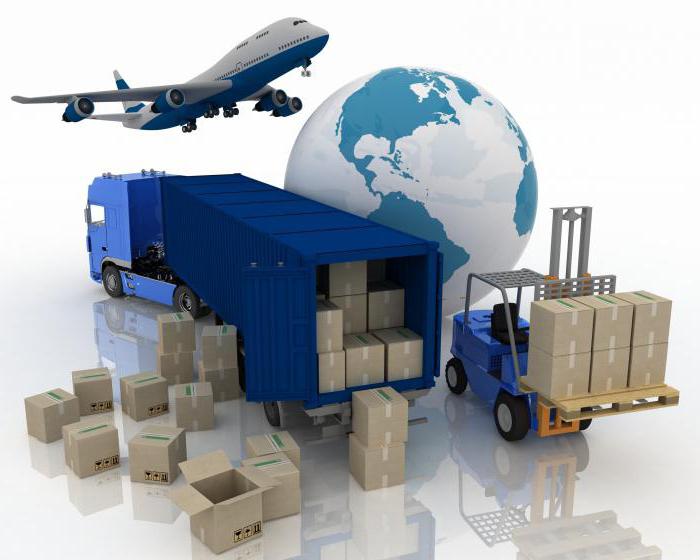
In order to write off a certain cost item for fuel and lubricants, you will need to justify these costs from an economic point of view. Taxes under this stipulate a situation in which the actual consumption corresponds to the fuel consumption standards that have been approved by this company.It is worth noting that this principle works not only in the case of a general, but also with a simplified taxation system.
Help from the Ministry of Transport
The Ministry of Transport also offers its features. Fuel consumption rates provide for the possibility of increased consumption in the following conditions:
- In winter - from 5% to 20%, depending on certain climatic features of the region.
- On various public roads laid in mountainous areas - up to 20%, depending on the level of height above the sea.
- On various public roads that are built with a complex plan, up to 30%, depending on the category of track.
- In urban conditions - up to 25% depending on the population of the city.
- In the case of too frequent technological stops associated with the need for loading or unloading, up to 10%.
- When transporting too heavy, large or dangerous goods as well as goods that are fragile and must be transported at a reduced speed, up to 35%.
- In the case of using an air conditioner or a specialized climate-control system in the process of movement - up to 7%.
Thus, in order to ensure normal regulation of the consumption of fuels and lubricants, it will be necessary to establish different modes of its application, depending on the conditions under which this vehicle is operated.
Programs

Today, when performing almost any business process, you can use specialized software, especially if you want to get the most effective result by applying a possible minimum of effort to it.
In particular, if you operate a car, fuel consumption rates can be taken into account using standard Excel. But if you want to provide the most convenient accounting and control, then in this case you will need to use specialized software. With the help of such utilities you can fully automatically take into account the consumption and flow of fuel and lubricants for vehicles and automobiles, as well as provide maximum control of deviations of actual costs from those that were established in accordance with regulatory rules.
What to do in case of overspending?
Reporting is relevant only if you can compare the data with any previous or future indicators. If you find that the fact of fuel consumption significantly exceeds the fuel consumption rate of tractors or other vehicles present in your case, then in this case you will need to analyze in detail all possible causes, and then make the appropriate decision.
Overspending is not always theft
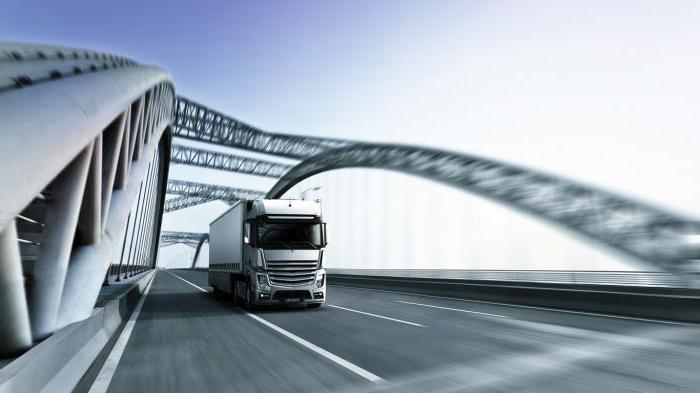
Do not forget that the presence of increased fuel consumption does not always mean that there is an illegal fuel leak in your company. In some cases, it is really necessary to take certain measures aimed at changing the fuel consumption rate. KAMAZ, KRAZ and other trucks can spend different amounts of fuel depending on their condition or changes in working conditions, so when such problems arise, it sometimes makes sense to revise the standards used. Among other things, other factors can influence the costs, such as the features of the road during transportation, traffic congestion during operation, and much more.
How to determine?
Without fail, you must obtain from the driver an explanation of why the overspending occurred, after which a decision is already made whether it will need to be taken into account in the process of taxation of profits or, perhaps, it will be necessary to write it off at the company's own expense. If you determined that the expense was still unscrupulous, then in this case it will, of course, be necessary to write off this amount from the driver.
Thus, each company independently calculates the consumption rate of fuels and lubricants as a standard, in accordance with which overspending or saving will be determined. Of course, it is always possible to write off fuel and lubricants in the amount of actual costs, but these costs can be called justified only if they are within the limits established by the accounting policy of the company.
The write-off procedure must be prescribed
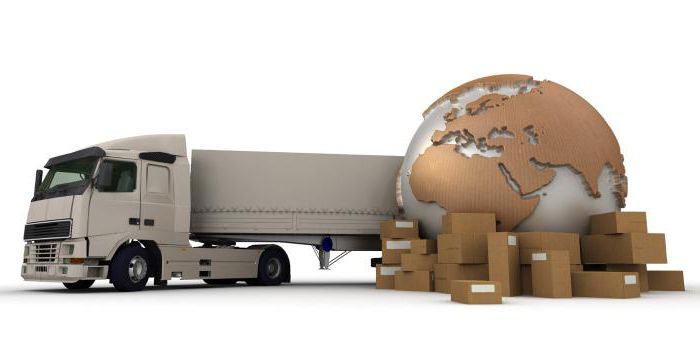
You should definitely determine how you are going to keep track of purchased fuel. In the predominant majority of cases, drivers buy gasoline at stations completely independently, and a certain amount of accountable funds. After the driver is provided expense report to which the checks of the gas station will be attached, you come gasoline.
The second option: in accordance with an agreement with a certain gas station network, the company will pay for the received gasoline by non-cash means. Thus, at the end of each month you will be provided with detailed information regarding the amount of gasoline and at what cost was distributed to various employees on the coupons or fuel cards they provided. You also have such gasoline. In order to take into account fuel, it is recommended to allocate a specialized account.
Writing off gasoline is an important point
The next moment, which you should definitely register in your chosen accounting policies - This is a write-off of fuel and lubricants. In the overwhelming majority of cases, the fuel and lubricant consumption rates (of the Russian Federation) provide for the write-off of spent fuel in the account for general business expenses, selling expenses, and also main production, and in this case the choice will already depend directly on what activities your organization is engaged in, as well as what kind of transport fuel consumption is.
Waybills are a must for drivers

Gasoline should be written off based on the information provided in the waybills. It is these primary documents that must be filled out by drivers and by which it is initially determined whether fuel consumption rates are observed. The Ministry of Transport of the Russian Federation provides for the indication in these sheets of mileage, route, and also the amount of fuel in the tank at the beginning and end of the trip. The difference between these parameters will be the actual fuel consumption that should be written off. It should be written off in accordance with the actual cost, average price or according to FIFO technology, while the selected technology should also be written in your accounting policy. It is worth noting that in this case the method may be different from how you write off other types of materials.
For taxation
In the process of calculating income tax, the price of the fuels and lubricants you use may be prescribed in material costs or may be related to other expenses necessary for the maintenance of the official transport you use. None of the relevant articles of the Tax Code says that gas costs must be standardized or fuel consumption rates must be used, as a result of which you can write them off in the amount of actual costs.
However, at the same time, you should understand that expenses should have a certain economic feasibility, and just so that you can more effectively control the amount of expenses, the financial department recommends using the fuel consumption rate table.
It is for this reason that initially you should completely state in the tax accounting policy for which specific article you are going to keep a record of fuel - for material expenses or some other, and also write how you provide control with the reasonableness of fuel and lubricants expenses.
Should norms be used?
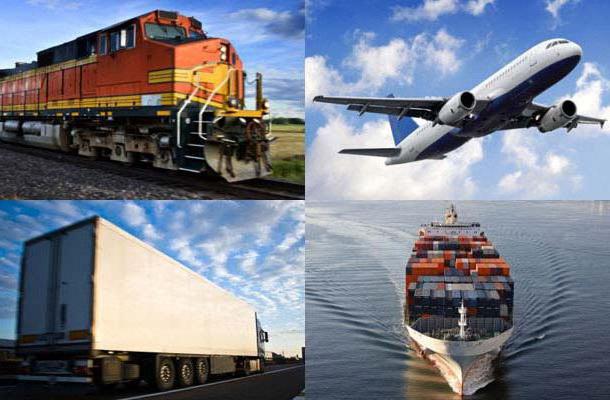
As mentioned above, the Ministry of Transport of the Russian Federation approved certain fuel and lubricant consumption rates for certain car brands, but you should understand that such standards were prepared in accordance with ideal road conditions, which is simply unacceptable in domestic roads. In other words, these norms were calculated using an absolutely straight route, as well as high-quality road surface with a minimum of turns and traffic lights, no traffic jams and moderate air temperature. It is natural that in the conditions of our roads such transportation is impossible in principle.
That is why you should understand that if your cars move around the city at a low speed, and even transport the cargo at high or, conversely, low air temperature, then in this case the fuel consumption will significantly exceed the proposed standards and you will need to constantly adjust basic landmarks.
If we are talking about the operation of military vehicles, then the use of norms is mandatory there. In particular, order No. 65 is compulsorily taken into account, the fuel and lubricant consumption rates in which are described in great detail.
Table
Below is a brief table for the most common trucks (number of liters per 100 km):
| GAZ-2310 "Sable" | 14,7 |
| GAZ-2705 | 15,0 |
| GAZ-330210 Gazelle | 16,0 |
| GAZ-3302 "Gazelle" | 16,5 |








